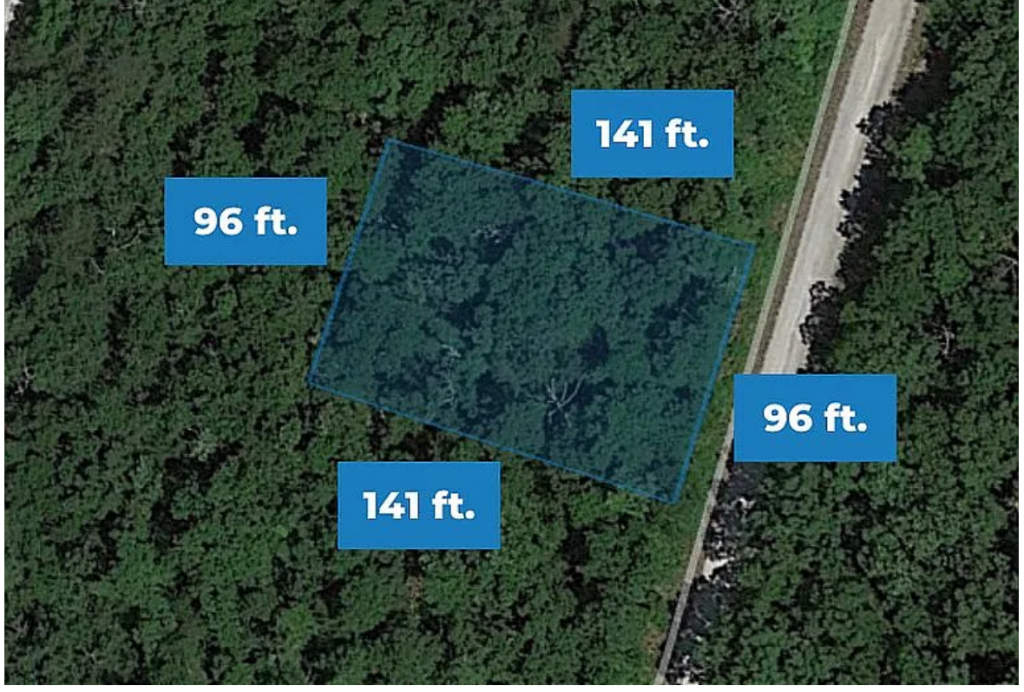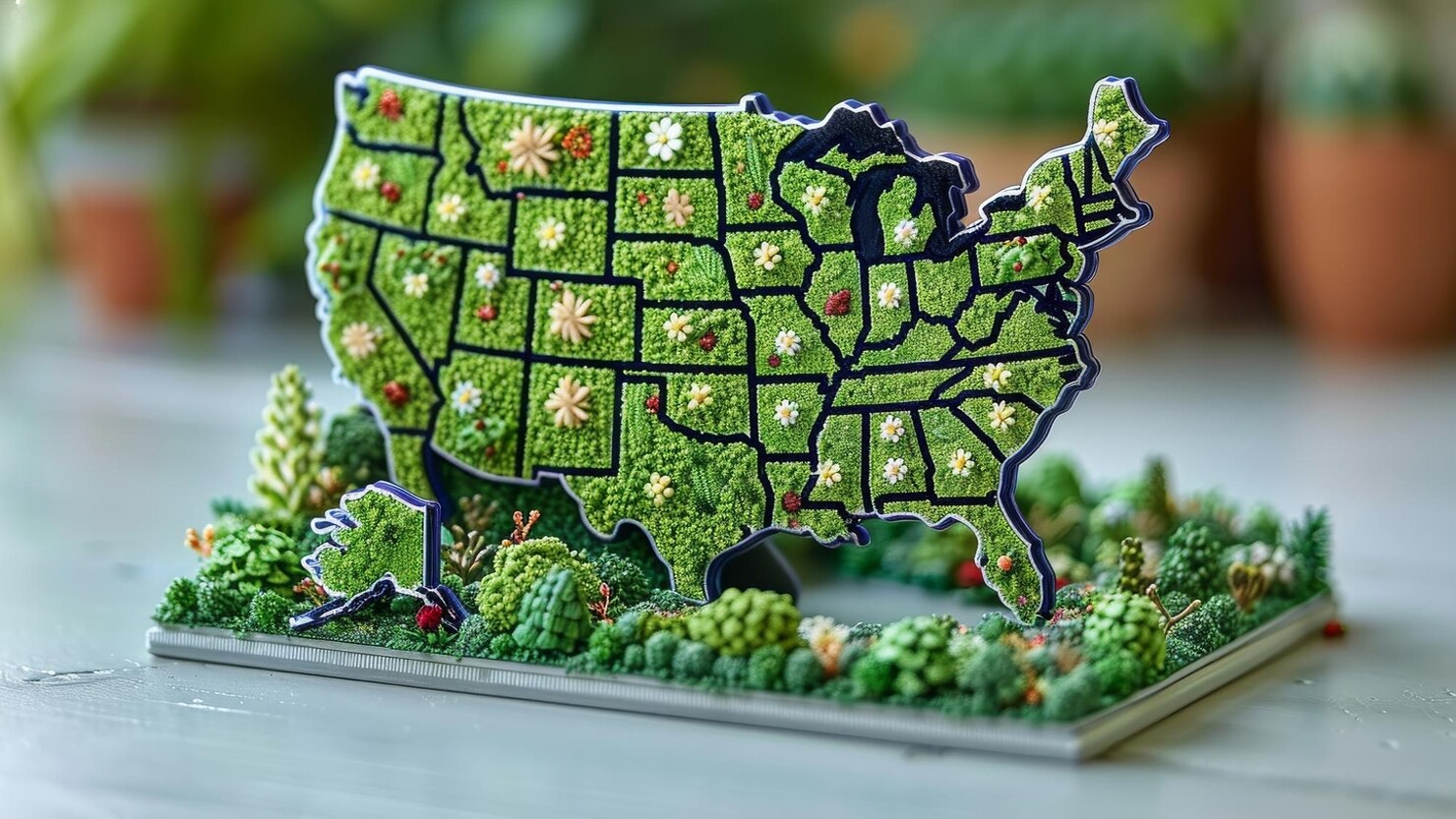Owning land remains one of the most enduring and rewarding investments—providing freedom, long-term equity, and a tangible asset that you can shape your way. But where should you buy land in 2025 for the best value, growth potential, and personal use? From economic momentum to affordability and lifestyle appeal, we’ve identified five standout states that real estate experts and investors are watching closely. Keep reading to discover why Tennessee, Missouri, Arkansas, Kansas, and Montana are prime picks—and how to make the most of your land purchase today.
Why These States Are Raking In Attention for Buy Land
- Affordability: Land prices in several of these states remain below national averages, opening the door for first-time buyers, homesteaders, and investors alike.
- Growth & Demand: Many of these areas are benefiting from migration trends, job market expansion, and increasing development activity.
- Versatility of Use: Whether you’re after rural recreational land, farmland, or suburban acreage near job centers—there’s something for everyone.
- Policy Environment: Favorable tax climates, relaxed zoning, and government incentives make acquisition easier and more attractive.

1. Tennessee: Economic Momentum Meets Scenic Value
Why Tennessee is Hot:
- Strong population and job growth, driven by expanding sectors like healthcare, manufacturing, tech, and logistics—especially in Nashville, Memphis, Knoxville, and Chattanooga.
- No state income tax, relatively low property taxes (~0.69%), and overall affordability make land ownership more accessible.
- In-demand housing markets continue to appreciate steadily—Nashville city soared an estimated 18%, while other cities like Memphis and Knoxville are seeing 5–7% moderate growth.
- Investment infrastructure and long-term potential are strong, underpinned by population projections (over 7 million by 2030) and a near-constant housing inventory shortage.
- Off-grid-friendly regions with mild climate and natural resources remain appealing to homesteaders and recreational buyers.
2. Missouri: Affordable, Flexible, and Nature-Rich
Why Missouri Stands Out:
- Rural land in Missouri remains surprisingly affordable—often averaging under $5,000 per acre, particularly in the Ozarks and northern counties.
- Looser zoning in many counties makes it ideal for tiny homes, off-grid builds, and diverse land uses.
- Excellent outdoor recreation—hunting, fishing, hiking—thanks to proximity to Mark Twain National Forest and scenic riverways.
- Diverse terrain, from forests and hills to farmland, supports a variety of buyers
3. Arkansas: The Natural State for Affordable, Scenic Land
Why Arkansas Is Attractive:
- One of the most affordable states for land, with prices per acre well below national averages.
- Stunning landscapes—from Ozark Mountains to river valleys—lend themselves to recreational retreats and serene living
- Some of the lowest property taxes in the U.S. make long-term ownership financially manageable.
- Low zoning restrictions in rural counties support off-grid and tiny-home lifestyles.
4. Kansas: Wide Open Spaces & Farm-Friendly Prices
Why Kansas Delivers Value:
- Land remains cheap—often under $3,000 per acre—especially appealing for agricultural use or affordable retreats.
- Ideal for farming, pasture, or regenerative agriculture, thanks to fertile soil and flat landscapes.
- Growing interest from renewable energy (wind and solar farms) adds future upside.
- Massive, open spaces cater to homesteaders and buyers valuing privacy and A-to-B control.
5. Montana: Off-Grid Paradise with Investment Appeal
Why Montana Is Rising:
- Very affordable land for the West—average just about $1,100 per acre for anything from homesteads to ranches.
- Minimal restrictions, abundant water rights, and wide-open spaces make it one of the most off-grid-friendly states.
- Strong draw for outdoor enthusiasts, vacation property buyers, and those seeking solitude with style.
Comparison Table at a Glance
| State | Strengths | Typical Price / Acre | Ideal For |
|---|---|---|---|
| Tennessee | Growth markets, low taxes, infrastructure | ~$2,000–5,000 (rural spread) | Investors, suburban buyers |
| Missouri | Low price, flexible land use, recreation | <$5,000 | Off-grid, homestead, recreation |
| Arkansas | Scenic, affordable, low taxes | Lowest nationwide average | Nature retreats, rural living |
| Kansas | Cheap, farming potential, privacy | <$3,000 | Agriculture, homesteads, investors |
| Montana | Off-grid ready, stunning land, low restrictions | ~$1,100 | Pure wilderness, adventure seekers |
Tips for Smarter Land Buying in 2025
- Clarify Your Purpose – Recreational, agricultural, homesteading, or future development will influence your state and location choice.
- Check Access & Zoning – Confirm road access, utilities, and local building rules, especially in rural or off-grid areas.
- Budget for Overhead – Don’t forget property taxes, insurance, and any necessary land improvements. Even low-cost land has carrying costs.
- Leverage Local Insight – Consult local brokers or land experts who understand the nuances of zoning, water rights, and market trends.
Final Thoughts: Your Land-Ownership Map for 2025
Looking to invest, retreat, farm, or build your own homestead? Tennessee, Missouri, Arkansas, Kansas, and Montana each offer distinct advantages depending on your goals. Whether you’re drawn to Tennessee’s booming job markets, Missouri’s hunting grounds, or Montana’s vast wilderness—there’s never been a better time to stake your claim.
Read More Articles: Here


